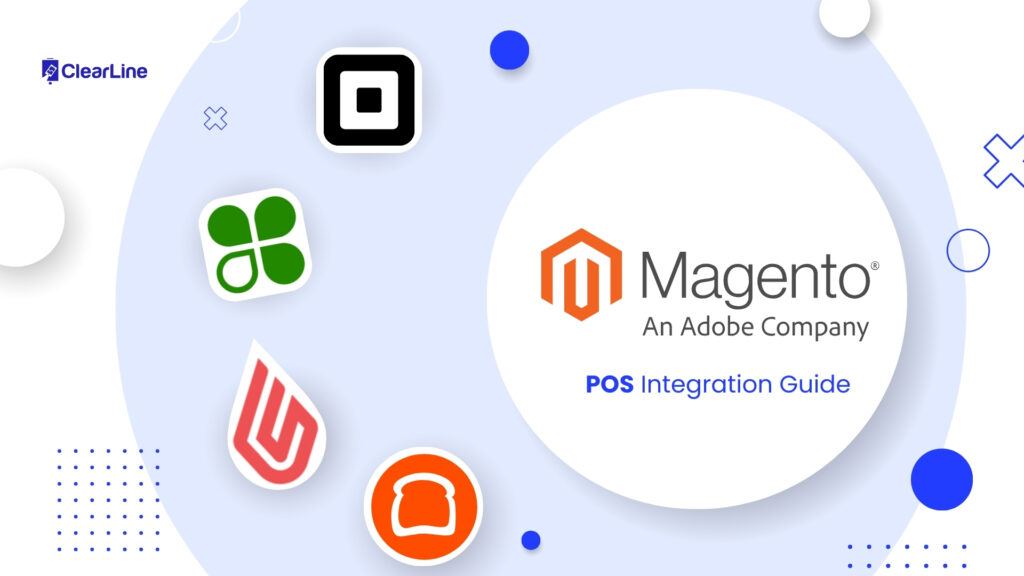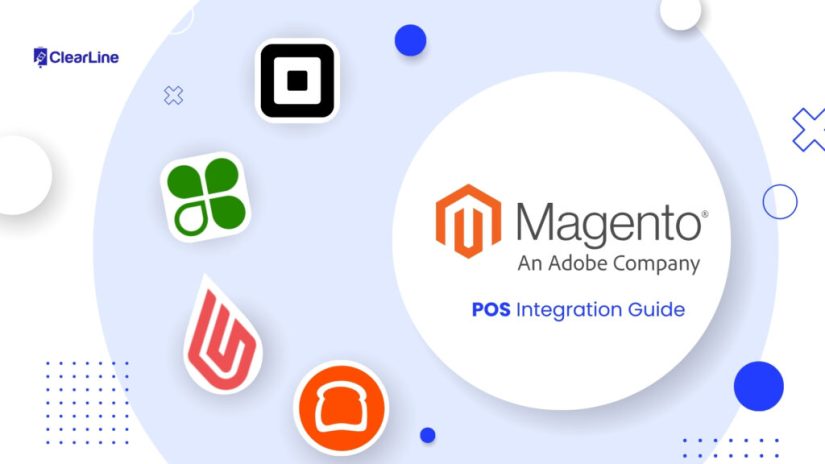
# Does Your Business Operate Both an eCommerce Website and a POS System in Physical Locations? If So, You Could Be Facing Customer Experience Disruptions.
As eCommerce continues to expand rapidly and traditional retail remains essential, numerous businesses now function across both digital and physical realms. However, if your eCommerce platform and Point of Sale (POS) system operate independently, you risk creating operational inefficiencies and a fragmented customer experience. The answer? Achieving seamless integration between your eCommerce and POS systems.
In this guide, we will discuss the potential hazards of disconnected systems, the advantages of eCommerce POS integration, and practical steps to ensure your customers enjoy a cohesive and effortless shopping experience.
—
## A Guide to Merging eCommerce and POS Systems
In a landscape where customers demand convenience and consistency, delivering a unified shopping experience is vital. Every interaction, whether in your physical stores, on your website, or through your mobile application, shapes customers’ perceptions of your brand. Unfortunately, much of the focus has been on optimizing eCommerce and mobile interfaces, often neglecting the connection with physical locations.
A frequently overlooked approach to bridging your physical and digital retail experiences is **the integration of your eCommerce and POS systems.**
—
## Reasons to Integrate Your eCommerce and POS Systems
If your eCommerce site and POS system function separately, you may find yourself dedicating extensive hours to manual tasks such as inventory updates, data entry, order fulfillment, and customer notification. This not only hampers efficiency but also increases the likelihood of mistakes like overselling, underselling, or inventory mismatches.
In today’s fast-paced marketplace, where customers anticipate instant information and smooth transactions, relying on outdated, disparate systems is inadequate. Businesses that transition from online-only to physical stores, or vice versa, must connect their two channels to provide a cohesive shopping experience.
Here are several persuasive reasons to integrate your eCommerce and POS systems:
### Major Advantages of eCommerce POS Integration:
– **Minimized Errors and Removal of Manual Data Entry**: Automated systems update inventory in real-time, reducing human errors and cutting labor costs.
– **Correct Inventory Levels**: Avoid stockouts and overselling by aligning inventory across both online and offline platforms.
– **Omnichannel Expansion**: Grow into new sales avenues without the concern of synchronization issues.
– **Streamlined Customer Communication**: Automatically inform customers when orders are shipped or when products are ready for pickup.
– **Buy Online, Pick Up In-Store (BOPIS)**: Allow customers to order online and collect in-store, which enhances convenience and increases foot traffic.
– **Consistent Product Offerings**: Present the same products in both your eCommerce and physical locations, eliminating pricing or availability confusion.
– **Compatibility with Gift Cards and Loyalty Programs**: Enable gift cards purchased online to be redeemed in-store and the other way around.
– **Enhanced Customer Experience**: Customers enjoy consistent service and product availability, no matter how they choose to shop with you.
– **Superior Customer Data Management**: Gain insights into customer purchasing habits across both channels, enabling personalized shopping experiences.
—
## Illustrating Online to Offline Integration
Considering omnichannel integration can seem daunting, but the truth is, numerous simple yet impactful strategies can get you on the right track to connecting your digital and physical stores. Here are a few examples:
### 1. **Click & Collect (BOPIS)**
Click and collect serves as an effective feature that allows customers to buy online and pick up items at your physical store, eliminating the need for delivery. Many shoppers favor this method to avoid shipping fees or shorten wait times. Utilizing this option not only drives foot traffic to your locations but also makes distribution more economical for your business.
To implement this successfully, you must maintain **precise inventory management** across your channels. If systems are not synchronized properly, you risk eroding customer trust by displaying unavailable stock online. Integrated inventory management tools linked to both your eCommerce platform and POS system can avert such errors and ensure a positive customer experience.
### 2. **In-Store Purchases with Online Convenience**
Even with the prominence of eCommerce, research shows that 76% of customers still visit physical stores after investigating products online. However, these customers may find that certain deals or discounts are exclusive to your website, prompting them to prefer online checkout over the store’s POS.
With eCommerce POS integration, staff in your physical locations can view a customer’s online profile and apply loyalty points, discounts, or other online promotions directly at the point of sale. This enhances customer satisfaction by providing a more connected and fluid shopping experience across channels.
### 3. **Hassle-Free Returns and Exchanges Across Channels**
Handling returns is one of the most significant challenges for retailers functioning in both online and offline environments. A customer may purchase
